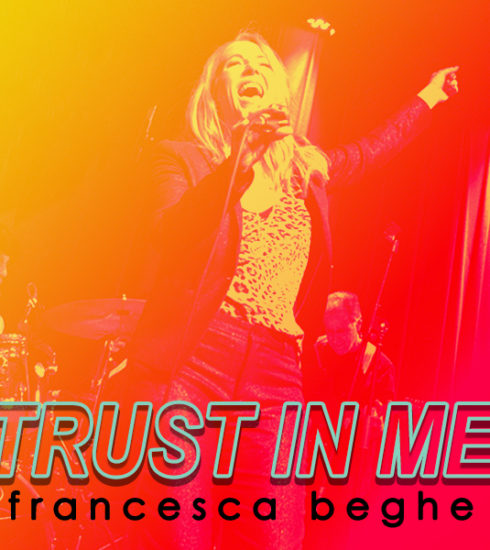James T. McKim Jr.’s “The Diversity Factor”
The biggest takeaway from books like James T. McKim Jr.’s The Diversity Factor: Igniting Superior Organizational Performance is that its key topicalities should be every day. Frankly, they should be part of the painfully obvious bastion of common sense. It’s sobering and more than a little embarrassing that McKim needs to spell out the basic tenets of why an equality and equity-based set of systems improve a hierarchal organization’s overall performance. But McKim never comes across as emotional or frigid with respect to presentation of the facts. He carefully and concisely walks the reader through each statistic, making parts of the book interactive with its intended audience.
ABOUT THE AUTHOR: https://twitter.com/jtmckim
McKim isn’t afraid to potentially create narrative ruptures for the sake of the reader internalizing the information in a hands-on manner. In less competent hands, this could create a jarring and uneven reading experience. But McKim manages to make it part of the book’s overall hold, coupled with the fact each page is literally filled to the brim with information, examples, and schematas. “In reality, organizations are very different from individuals. Individuals do not produce products or services that require many people to produce or have an impact on a larger number of persons.
An organization’s reputation is tied to the product and services it produces and the way it behaves in the communities in which it has its presence,” he writes. “If an organization behaves in ways that are perceived as going against societal norms or expectations—say, being discriminatory toward a demographic or a member of a demographic that society believes is worthy of being treated fairly—then the organization will lose not only sales or clients but also the ability to retain and attract new employees over the long term.”
Wisely, McKim doesn’t approach Diversity simply with respect to racial segregation in the workplace. He’s able to craft a dynamic meditation on the entirety of what the word ‘Diversity’ means in a pragmatic, all-encompassing milieu. While critics of terms and concepts related to ‘equity’ and ‘equality of outcome’ often state that arguments for these kinds of progressive policies lack sufficient data, McKim is able to quash and skewer those statements easily. The way he seamlessly weaves in individualized profiles to back up his points is acutely effective, as it’s able to put a human face on otherwise large swaths of information. “Diversity is about more than just having diverse people.
As Vernā Myers says, diversity is being invited to the party. But having a diverse work force alone is not sufficient to achieve organizational performance. That diversity must be included in all areas of an organization, or as Myers puts it, ‘asked to dance’,” McKim writes. “I would add that even those two alone are not sufficient to achieve superior organizational performance. The third ingredient is equity. Being asked to dance like everyone else does not take advantage of an employee’s unique gifts. To allow people to blossom, they have to be asked to dance the way they want to dance. This is why we are really talking about diversity, equity, and inclusion (DEI).”
Nicole Killian








